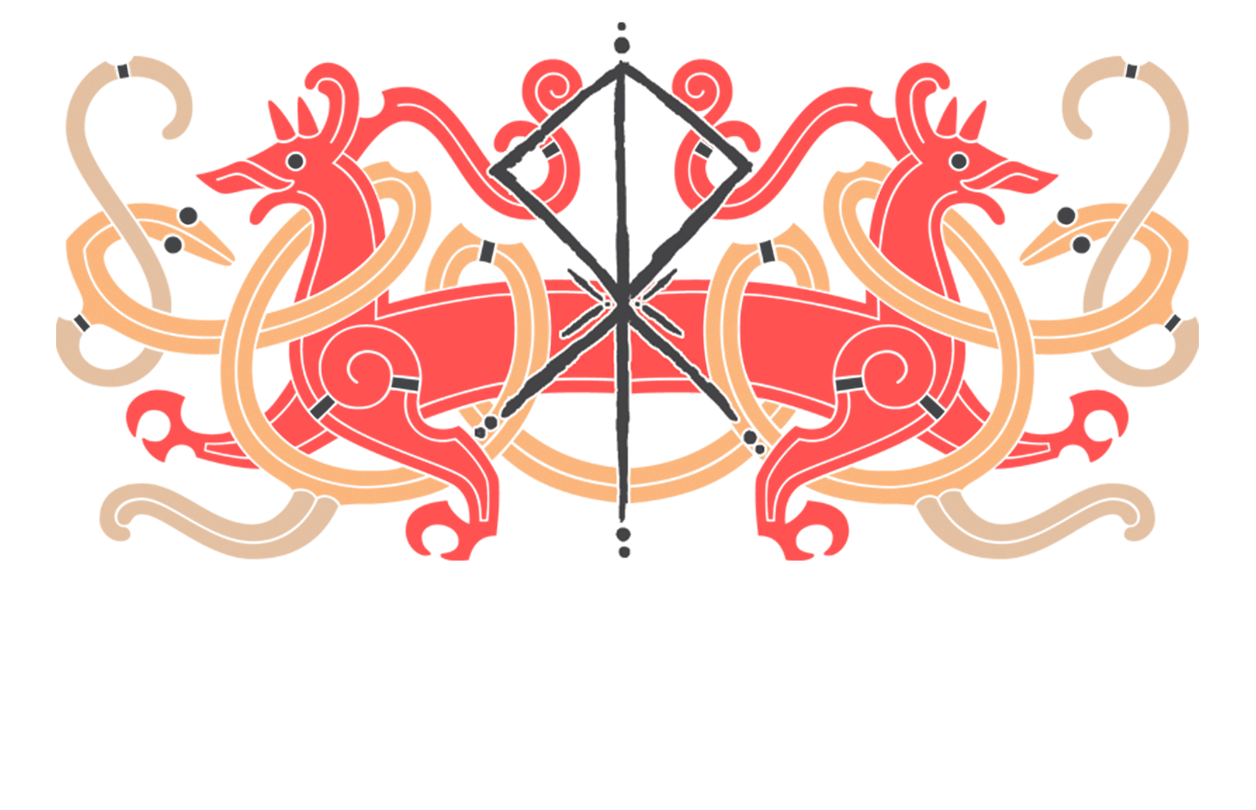In the ink-stained pages of the Nordic sagas, the story of the Berserkers is revealed, these legendary bear-like warriors, embodying the fury and brute force of the ancient Vikings. This article immerses you in their world, where myth meets reality, and where the fury of the bear mixes with the soul of the warrior.

The Berserkers, or "berserkir", literally "warriors in bear shirts", emerge from the mists of ancient Scandinavia. These fighters, dressed in bear skins, were renowned for their superhuman strength and frenzy in battle, often described as a wild trance where fear and pain seemed to abandon them.

Entry into the Berserkir brotherhood involved a rigorous initiation, described in the saga of Hrólf Kraki. The aspirant had to symbolically kill a bear and drink its blood, thereby assimilating the spirit and strength of the beast, and gaining the power of Hamrammr, metamorphosis.
Associated with Odin, the god of war and wisdom, Berserkers were often considered his spiritual sons. Their fury in battle was attributed to a blessing from Odin himself, granting them uncommon strength and courage.

The "berserksgangr", or Berserker frenzy, was their trademark. According to stories, these warriors flew into an uncontrollable rage, shattering shields, armor and bones with terrifying force. This frenzy was both feared and revered, seen as a divine manifestation of power.


Historically, Berserkers were likely elite members of Viking society, choosing the path of war as a spiritual and social path. Their presence in Nordic literature and sagas elevated them to the rank of mythical figures, representing the archetype of the Viking warrior.
Berserkir often formed the close guard of Scandinavian kings. Their imposing presence is illustrated by archaeological finds near Skagen, where skeletons of almost two meters have been found , probably belonging to Berserkers.
Berserkir often formed the close guard of Scandinavian kings. Their imposing presence is illustrated by archaeological finds near Skagen, where skeletons of almost two meters have been found , probably belonging to Berserkers.

As Christianity spread across Scandinavia, the figure of the Berserker, with its pagan roots and association with ancient rituals, began to decline. They were gradually marginalized, their practices increasingly banned and considered barbaric.
Although the era of the Berserkers is over, their legend lives on, captivating the imagination and inspiring new generations through stories and artistic representations. Their story is a living testament to Viking culture, reflecting both the brutality and spirituality of a people who shaped a significant part of European history.









Leave a comment
This site is protected by hCaptcha and the hCaptcha Privacy Policy and Terms of Service apply.